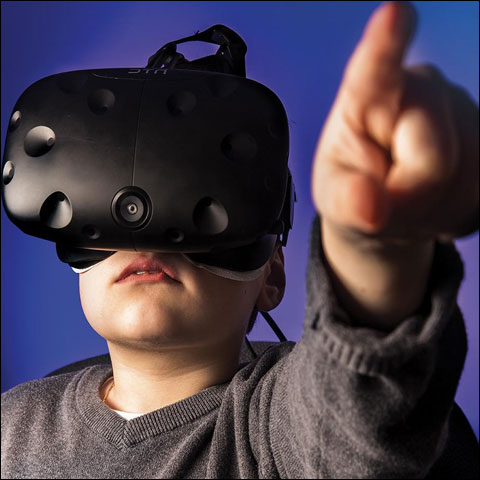Studying How People with Autism Manage the Social World

research
Imagine your brain as a complex highway system where moving cars are the signals
by Jacob Gronemeyer, Research Assistant, Center for Autism Research
Have you ever been curious about what makes you and your brain unique? Neuroscientists who study the brain dedicate their careers to answering this question. For researchers at the Center for Autism Research at Kessler Foundation, understanding the brain goes beyond simple curiosity – our mission is to create a less discriminatory, more accepting world through research-based solutions.
Scientists are changing the way they define a person’s uniqueness. The dissimilarities among us may seem obvious from outside appearances; look at the infinite number of hairstyles, clothing, piercings, or even dance music we choose. But typically, we don’t consider how our brains are the source of these differences.
Like a fingerprint, every brain is unique to the individual.
Individuals on the autism spectrum share distinctive, common characteristics that are not always accepted by those who are not on the spectrum. These traits often reflect challenges or differences in social communication skills, which may lead to struggles with friendships, employment, and mental health for people with autism.
That’s where our scientists come in. The latest study at the Center for Autism Research examines how children with autism (ages 5 to 18) navigate the social world around them. We are examining brain activity that occurs in individuals on the spectrum and comparing them to those who do not have a diagnosis of autism.
While we may guess why individuals on the spectrum act differently than those not on the spectrum, it is difficult to understand the reasons without looking at the brain. Researchers can monitor brain activity and blood flow in real-time with functional magnetic resonance imaging (fMRI), a safe, non-invasive way to visualize brain function. This is done while a participant is in the scanner completing a thinking task. Blood flow shows activity in the areas of the brain being used.
Our current study using fMRI focuses on brain activity using network analysis. Imagine the brain as a complex highway system where moving cars are brain signals. Analyzing a specific region of the brain is like studying an intersection (though the intersection has thousands of lanes) and the number of cars using it. Network analysis studies show how information travels in the brain during social situations, or using our highway concept, they study traffic flow from destination to destination.
Understanding how networks (the highways) between important brain areas transport large amounts of information (the traffic) could provide clues for how to develop interventions (detours or extra lanes) to help individuals on the spectrum learn new and unique ways of managing social situations.
We continue doing research that may lead to important discoveries to improve and share our understanding of individuals on the autism spectrum.
